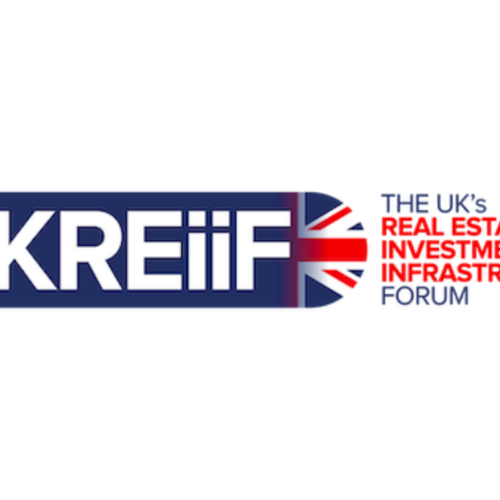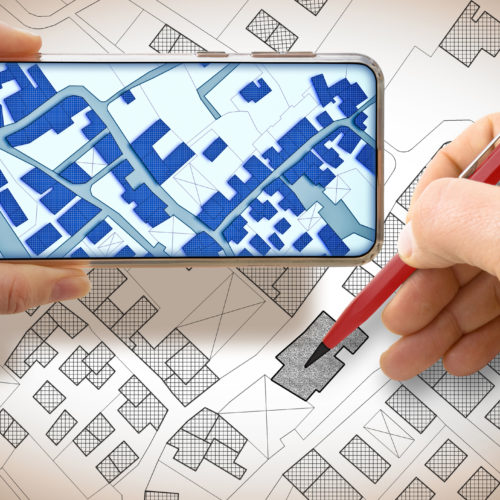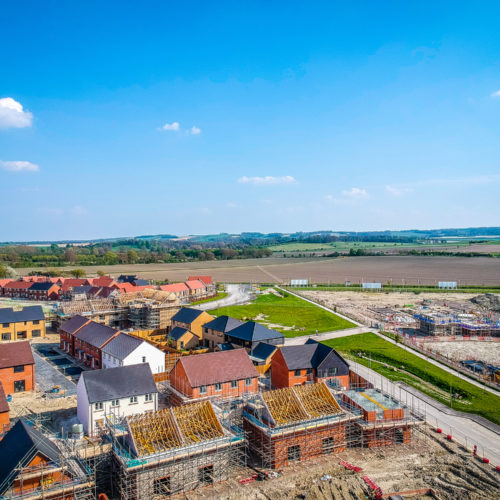Environmental assessment has come a long way since its genesis as a practical process in the early 70’s. Between then and now we’ve seen major leaps forward in technical topic survey and assessment methods, a huge shift in social awareness of the importance of environmental protection, and the integration of EIA within the planning and consenting regime of the UK and many countries around the world.
EIA has been a force for good in helping to protect the environment and communities within which major developments have been proposed and ultimately built. That may seem in some quarters to be a contentious and even arrogant statement. Some will argue that EIA has not prevented environmentally damaging projects from proceeding. In the early years of my career as an EIA practitioner, the Environmental Statement contained a statement on the overall acceptability or otherwise, of the development being assessed. The very first large scale EIA I was involved with came to the conclusion that, even with extensive mitigation, the proposed development was still so damaging to the environment that it should not proceed. What’s more significant than the conclusion was the fact the client accepted it and abandoned the project. There was disappointment and even some anger initially, but the conclusion was backed by evidence and that was good enough.
Nearly 30 years have passed and I would struggle to think of any other EIA since that has come to a similar conclusion. Indeed, ES’s actively avoid drawing any conclusion on the environmental acceptability or otherwise of developments because, we are told, it is for the determining authority to make that decision. We merely provide the evidence to enable them to draw their own conclusion. So instead, we have become very good at assessing and mitigating impacts. Better still, we have become very good at ‘designing out’ impacts to make developments more environmentally acceptable.

And yet, here we are at the beginning of 2021 and changes to the way that we do EIA are being mooted. The suggestion is that it has become too drawn out with too many consultants involved and at too high a cost. It’s stifling development and holding back the economy when we need to build our way out of the COVID-19 crisis (remember that little thing called Brexit too?). We’re still waiting for the government’s consultation on the reform of EIA that was promised last autumn. There is much talk among practitioners as to how the industry should respond. Do we stand our ground and push back on any change? After all, EIA applies to barely 0.2% of all development applications in the UK so it’s not holding back the vast majority of development. Or do we embrace the opportunity for a refresh and refocus EIA to be even more effective?
Change can be good and when you consider the basic EIA principles and process have remained relatively unchanged in 40 years, perhaps now is as good a time as any for a bit of a rethink. One aspect that I believe will definitely change and is already changing is the move away from hard copy outputs. Many aspects of topic assessments have gone digital with tools and apps developed to increase accuracy and consistency of assessment, that also enable faster decision-making. Bringing those together in collaborative, real time design workspaces and ultimately, to create interactive digital ES’s is the next big challenge.
At Thomson digitization to improve positive outcomes has been a priority for years. We are working hard to develop new tools and techniques that not only streamline EIA but also help to deliver tangible benefits to clients and the communities within which EIA developments are located. We are moving away from EIA as just a process and towards EIA as a mechanism to deliver environmental gain. Our recently launched environmental screening app – TESA – is the first in a suite of digital tools and design workspaces that we are developing to support our clients through the EIA process. Enabling rapid identification of site constraints and the ability to screen developments for EIA in a matter of hours this will speed up the early stage of EIA saving clients time and money. If you’re about to start the EIA process for one of your projects, why not give us a call to discuss and let us help you navigate the journey in a smart, efficient and outcome-focused way.
The future is bright – the future of EIA is digital!
Peter George
Director – EIA, Thomson EC











